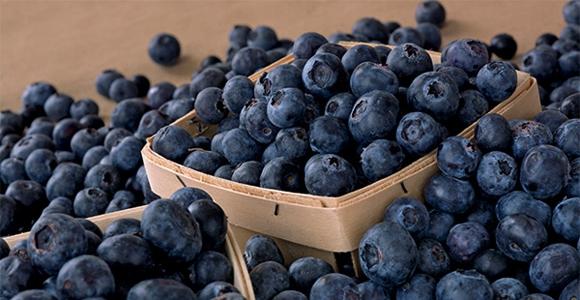Blueberries are the most widely grown fruit crop in the United States. Blueberries are well-suited to organic culture, and good markets exist for organically grown blueberries. The production guide, Blueberries: Organic Production by the Natonal Sustainable Agriculture Information Service, addresses …
Biotechnology and Blueberries
In order to obtain a useful trait in a cultivated plant that may not exist in a species, or to enhance a desirable trait such as yield quality, a biotechnological approach that involves moving a gene from one organism into …
Mulching Blueberry Bushes
Mulching with organic materials, such as pine bark, pine needles, leaves, hay, wood chips, sawdust or other organic materials is very beneficial for soil health. Well-maintained mulch can help control weeds, and keep soil cool, loose and uniformly moist. Mulch …
Blueberry Phenology: Vegetative Growth
In blueberry plants, root and shoot growth occur in flushes throughout the growing season. Apparently, there is a cycling pattern between root and shoot growth during summer, but these cycles are not absolute.
Two major flushes of shoot and root …
Pruning Blueberry Bushes
Soil Drainage and Irrigation for Blueberry Crops
Utilizing proper soil drainage and irrigation techniques are important to growing healthy blueberry patches.
Soil Drainage
Adequate soil drainage is essential for healthy blueberry patches. Blueberry plants will not tolerate excessive moisture (wet feet) for long periods. In low, poorly …
Site Selection for Blueberry Production
Site selection is crucial to the success of a blueberry planting. Soil properties (including fertility and terrain), climatic factors, and irrigation water quality …

